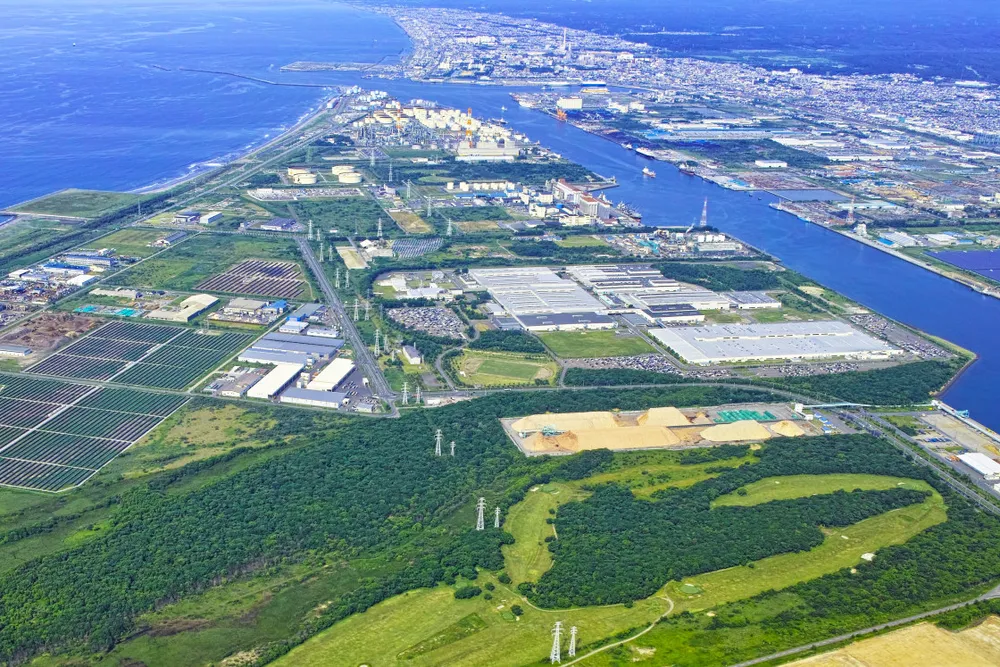Japanese energy companies launch the country's largest green hydrogen project
Eneos, Idemitsu Kosan and Hokkaido Electric Power Company plan to build at least 100MW of capacity on Japan’s northernmost island

Eneos, Idemitsu Kosan and Hokkaido Electric Power Company plan to build at least 100MW of capacity on Japan’s northernmost island
